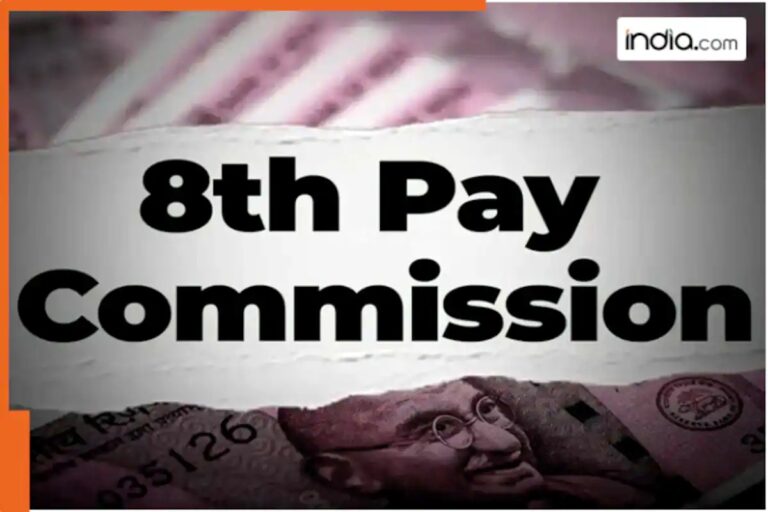
Minimal Participation in Unified Pension Scheme Sparks Concerns
Despite its ambitious goals, the Unified Pension Scheme (UPS) has failed to attract significant traction among Central Government employees. As of July 20, 2025, only 30,989 employees—just 1.35% of the 2.3 million enrolled in the National Pension System (NPS)—have opted for the new model. This tepid response has raised questions about the scheme’s viability and its ability to address the long-standing demands of government workers. The Pension Fund Regulatory and Development Authority (PFRDA) confirmed these figures to India Today, highlighting a stark disconnect between policy objectives and employee preferences. The government had initially set a June 30 deadline for migration, but the low uptake prompted an extension to September 30, 2025, leaving many to wonder if the initiative will ultimately succeed or falter under scrutiny.
Employee Preferences and Structural Challenges
Central Government employees appear to favor the Old Pension Scheme (OPS) and NPS over the hybrid UPS model. Union leaders and officials argue that the OPS, which guarantees a fixed pension of 50% of the final salary without employee contributions, remains the preferred option for its simplicity and predictability. S. B. Yadav, Secretary General of the Confederation of Central Government Employees & Workers, emphasized that employees are “inclined towards OPS” due to its non-contributory nature and statutory guarantees. Meanwhile, critics point to structural issues, such as the exclusion of autonomous institutions like Delhi University from the UPS framework, as eroding trust. Prof AK Bhagi of the Delhi University Teachers’ Association highlighted this gap, noting that DU employees lack access to the same benefits as their counterparts in the central government, further fueling skepticism about the scheme’s inclusivity.
Comparative Analysis of Pension Models
The UPS aims to blend the flexibility of NPS with the security of OPS, but its design has not resonated with employees. The OPS, discontinued for new entrants in 2004, was fully government-funded, while NPS requires employee contributions of 10% of salary alongside 14% from the government. UPS retains employee contributions but guarantees a pension of 50% of the average basic pay from the last 12 months of service, with a monthly floor of ₹10,000 for those with over a decade of service. Despite these assurances, the transition has been slow, with many employees opting to retain their existing benefits. The lack of granular data from PFRDA on departmental or cadre-specific participation rates has also hindered transparency, leaving employees and unions uncertain about the scheme’s long-term implications.
Policy Dilemma and Future Outlook
The UPS was conceived as a solution to balance fiscal responsibility with employee welfare, but its low adoption rate underscores deeper challenges in pension reform. While the government has extended the deadline to September 30, 2025, the absence of a clear strategy to address employee concerns risks perpetuating distrust. Union demands for the inclusion of autonomous institutions and the reinstatement of OPS benefits for certain groups highlight the complexity of reconciling policy goals with ground realities. With only two months remaining until the final deadline, the fate of the UPS remains uncertain. Whether it will emerge as a viable alternative or join the ranks of unimplemented reforms will depend on the government’s ability to address the legitimate concerns of its workforce, ensuring that the new model aligns with both fiscal prudence and employee expectations.
Key Takeaways and Implications
The low participation in the Unified Pension Scheme signals a significant challenge for policymakers seeking to modernize India’s pension system. While the UPS aims to merge the benefits of NPS and OPS, its inability to attract widespread support suggests that structural and communication gaps remain. The extension of the migration window to September 2025 offers a final opportunity to rectify the situation, but without addressing the core concerns of employees, the scheme may struggle to gain traction. As the deadline approaches, the government faces a critical juncture: either refine the UPS to better meet employee needs or accept that the transition may not succeed. The outcome will have far-reaching implications for pension reform and the trust between the government and its workforce, shaping the future of financial security for millions of public sector employees.




